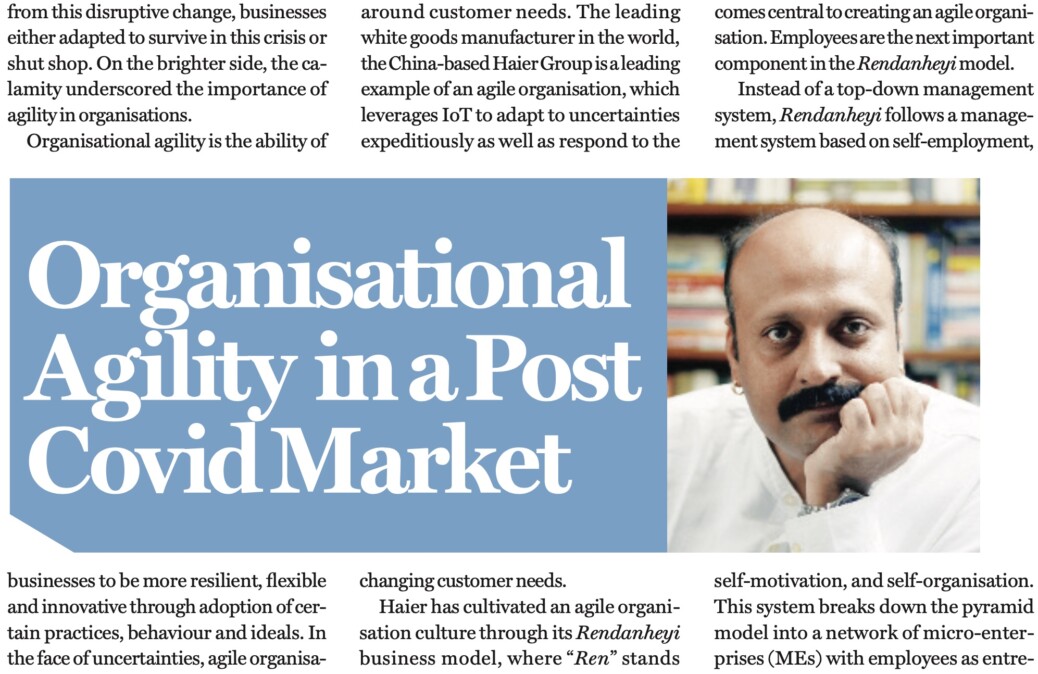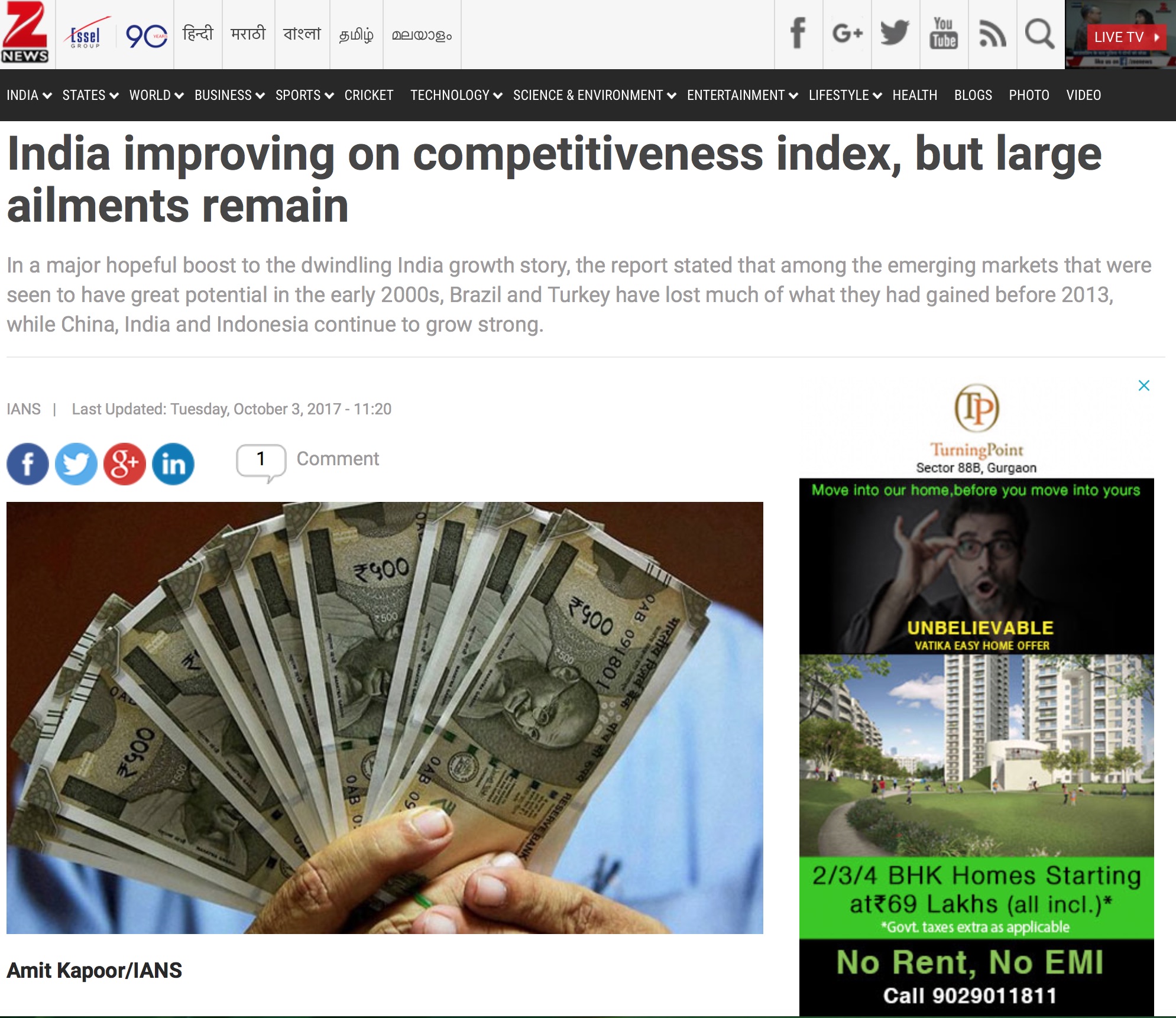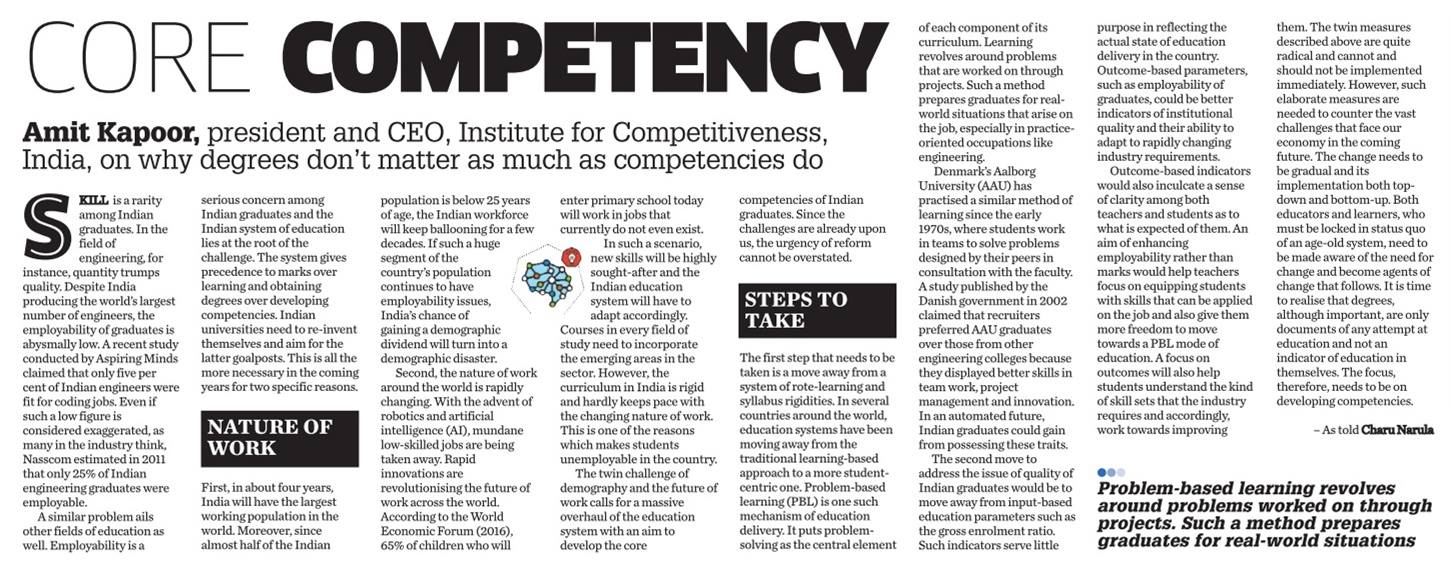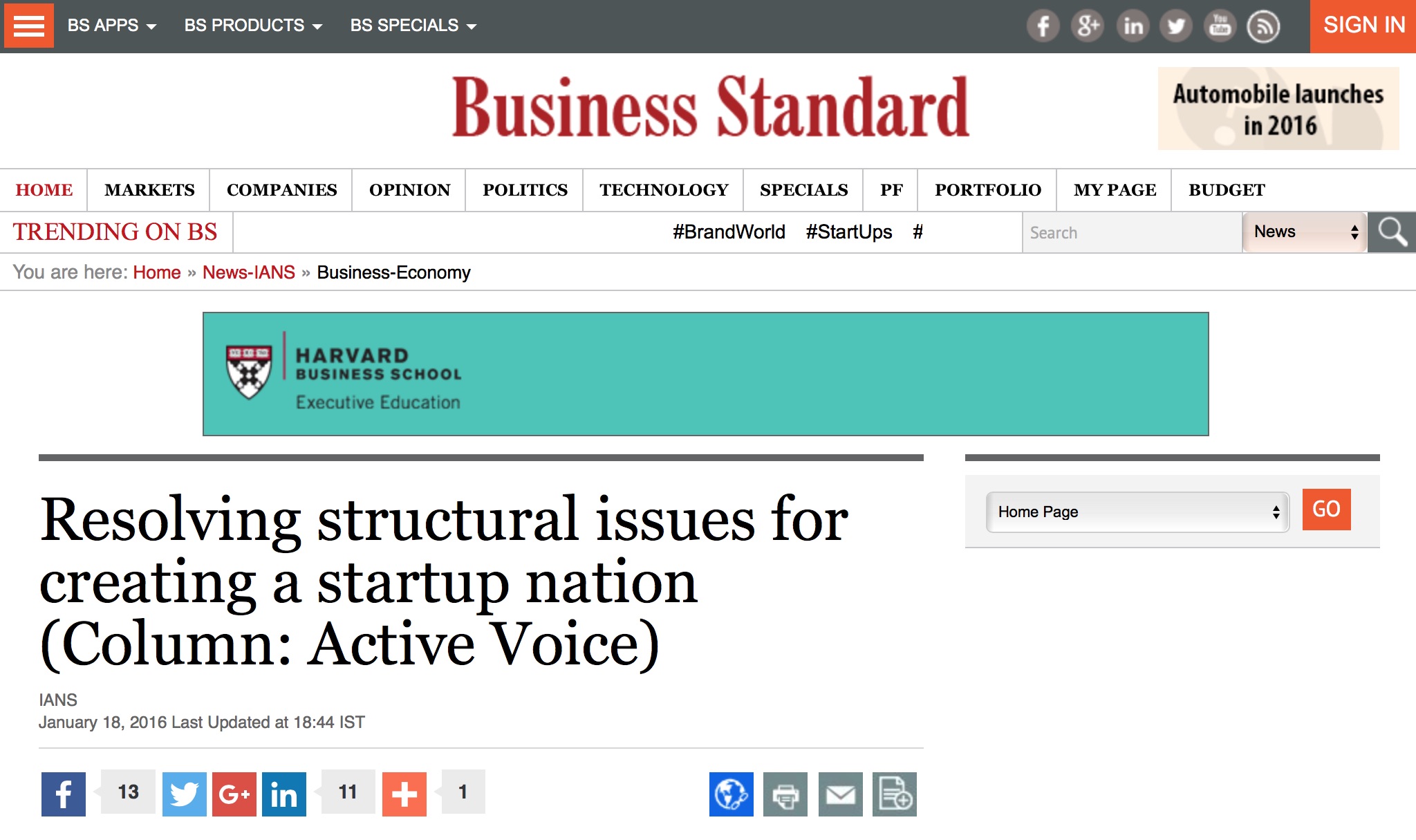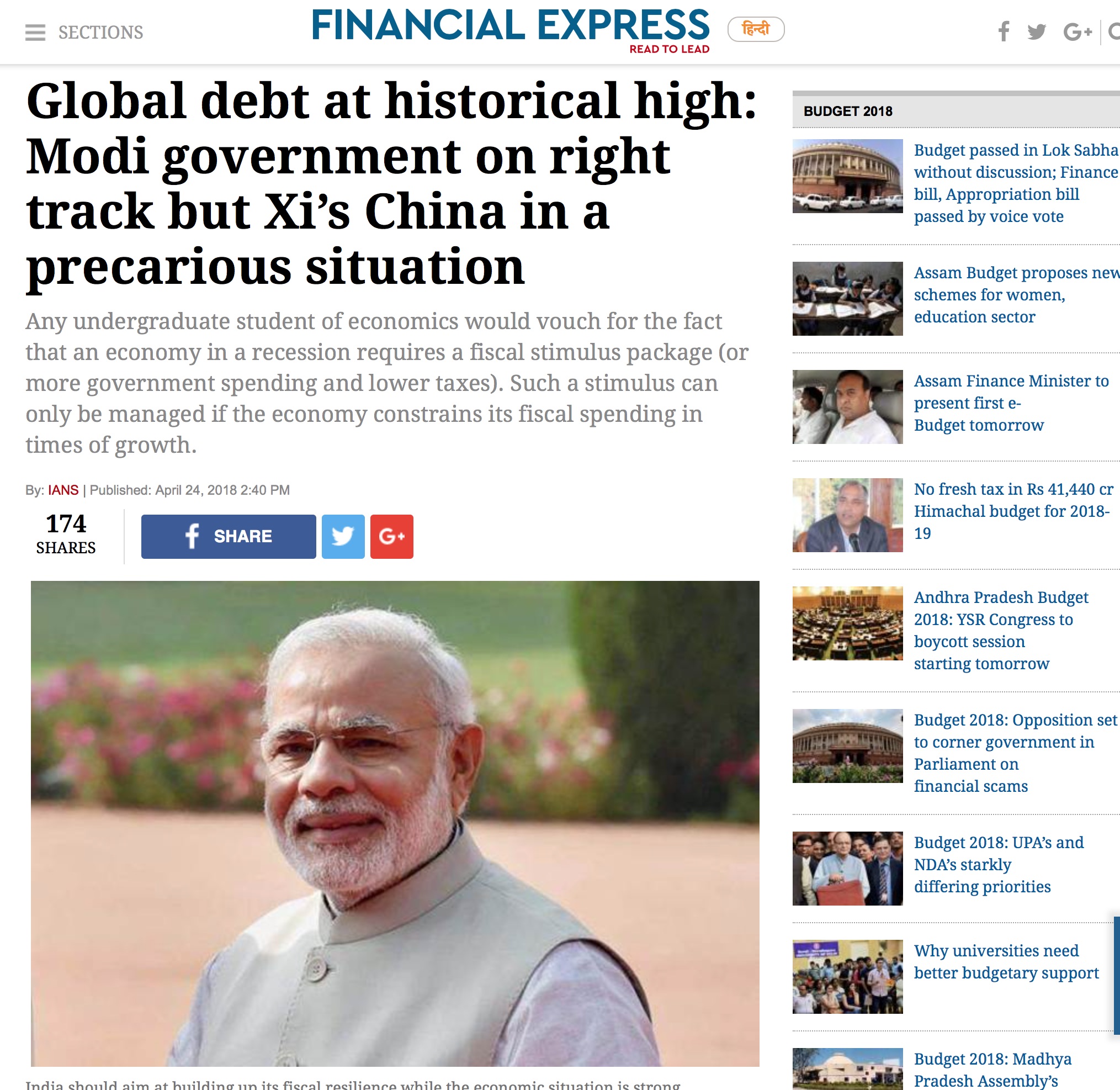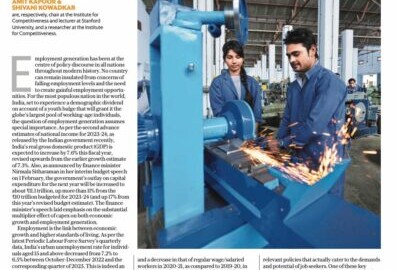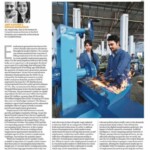Creating organizational agility in a post-pandemic market
The onset of the fourth industrial revolution has brought with it the era of disruptive innovation, where technology continues to evolve at an exponential rate and disrupts industries faster than businesses can adapt. In this way, markets have been unpredictable for some time now. The COVID-19 pandemic gave a whole new meaning to “unpredictability” and “uncertainty” with the unprecedented level of changes it brough upon the world. With none being spared from this disruptive change, businesses either adapted to survive in this crisis or shut shop. On the brighter side, the calamity underscored the importance of agility in organizations.
Organizational agility is the ability of businesses to be more resilient, flexible and innovative through the adoption of certain practices, behaviour and ideals. In the face of uncertainties, agile organizations lean into the uncertainties and reorient themselves to the situation instead of doubling down on their long-held beliefs and practices. It is not a new concept, but is becoming increasingly important in the post-pandemic world. It is because the pandemic has accelerated the paradigm change that the fourth industrial revolution was steering us towards, in terms of the way we work and interact with our surroundings.
The Internet of Things (IoT) was already moulding our lives in a way that technology became central to the consumer experience, whether in terms of accessing commodities or engaging with brands. The pandemic only increased our reliance on technology. Hence, it is safe to say that the new normal is here to stay, and organizations should look towards integrating agility into their business model for the long haul.
Some of the defining features of agile organizations are moving away from traditional styles of top-down management, greater employee participation in decision-making, and centring business operations around customer needs. The leading white goods manufacturer in the world, the China-based Haier Group is a leading example of an agile organization, which leverages IoT to adapt to uncertainties expeditiously as well as respond to the changing customer needs.
Haier has cultivated an agile organization culture through its Rendanheyi business model, where “Ren” stands for employees or people, “Dan” for user needs, and “Heyi” means integrating employees and user needs. In this model, employees are at the forefront engaging with users, creating user value, and realizing their own shared value from the user value they create.
The Rendanheyi model recognizes the fact that if IoT allows customers to make better buying decisions through access to greater market information, it also allows organizations to bridge the gap between them and their customers. IoT creates new data sources, which Haier leverages to create “zero distance” with consumers, that is, understand consumer needs and choices more closely, and offer them personalised services. In this age of information, zero distance with customers can help businesses stay ahead in the competition, and keeping up with consumer needs at such a granular level can constantly challenge them to innovate and reorient their operations. Thus, consumer-centric approach becomes central to creating an agile organization.
Employees are the next important component in the Rendanheyi model. Instead of a top-down management system, Rendanheyi follows a management system based on self-employment, self-motivation, and self-organization. This system breaks down the pyramid model into a network of micro-enterprise (MEs) with employees as entrepreneurs, whose value is tied to the value they create for users. In other words, their salary is determined by user evaluation, and is paid by users. With bureaucratic delays out of the equation, small entrepreneurs are able to create zero distance with consumers and respond to uncertainties efficiently.
In the post-pandemic world, organization that are looking to become more resilient and cultivate an agile culture, can take a leaf out of Haier’s book.
The article was published with Business World.
